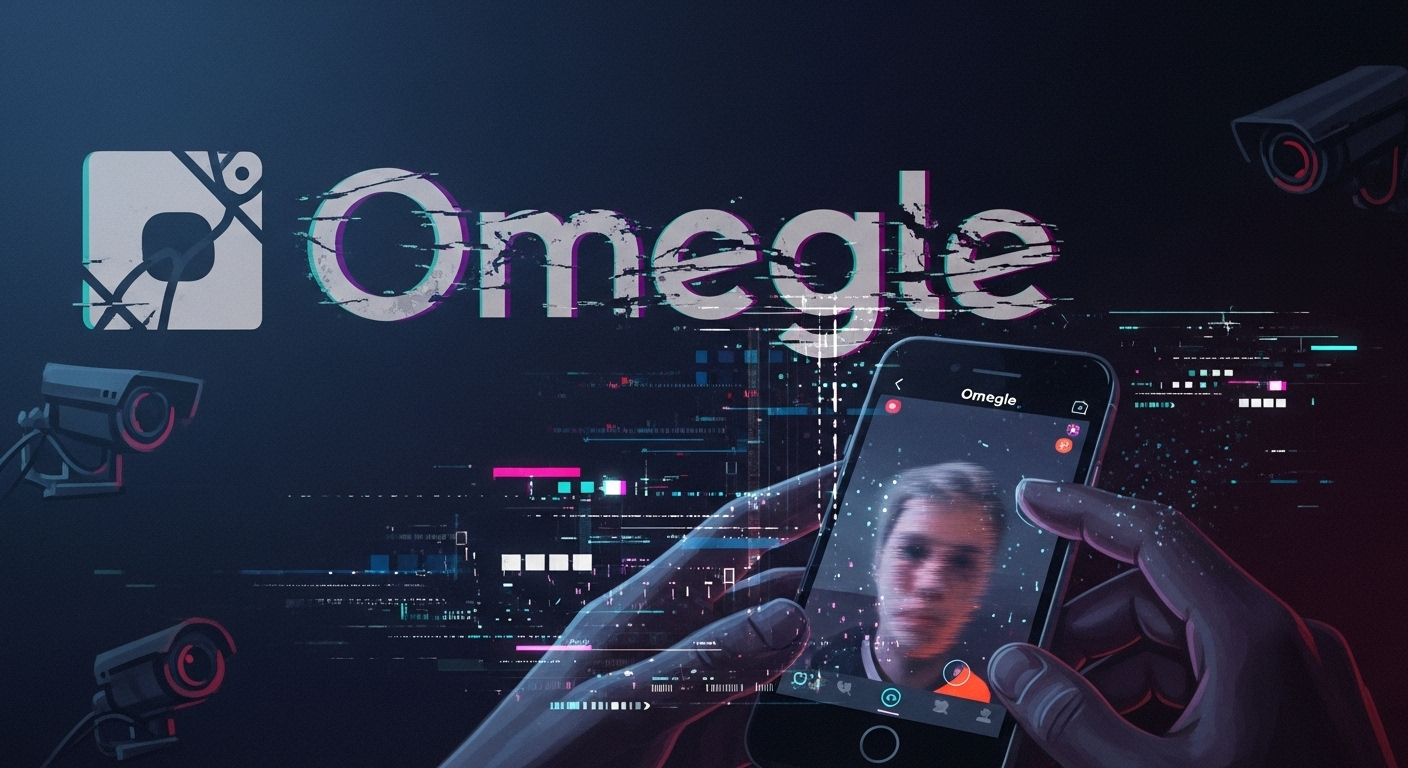It’s more important than ever to protect sensitive information in the digital age we live in. It doesn’t matter if you’re a cybersecurity professional or simply a tech-savvy hobbyist, data spillage (or “spillage,” as it’s frequently abbreviated to) is something you absolutely should understand. So if you’ve ever wondered, “Which of the following is true of spillage?” I will not only answer that question, but also ponder its implication in the realm of security.
What is Spillage in Cybersecurity?
Spillage is when classified or sensitive data are not authorized to be transferred to an environment because it does not have the authority to process that information. By no means, it is a security issue and you should be punished hard, if not handled correctly!
In simple terms: Spillage happens when confidential or top-secret information ends up in a system or network that’s not cleared to store it.
Examples of Spillage:
- Uploading a classified document to a lower security level server.
- Forwarding sensitive data via unsecured email.
- Accidental sharing of restricted files in cloud storage environments.
Entity-based relevance: Spillage is closely related to concepts like data classification, access control, threat modeling, and risk assessment in cybersecurity.
Which of the Following is True of Spillage?
To truly understand what’s “true of spillage,” let’s explore common truths and misconceptions.
True Statements About Spillage:
- It occurs when classified information is moved to an unauthorized system.
- Spillage must be reported immediately to appropriate security personnel.
- It can result in the revocation of access privileges.
- It requires an incident response and cleanup process.
These are the core facts. Spillage is not a minor event—it is a serious breach of information security protocols.
How Does Spillage Happen?
Spillage can occur due to:
- Human error (misclicks, incorrect file uploads)
- Lack of training among staff handling sensitive data
- Weak access controls in IT systems
- Phishing and malware attacks targeting secure data repositories
Types of Data Commonly Affected by Spillage
Confidential Data
Sensitive corporate information like financials, patents, or proprietary algorithms.
Classified Government Documents
Documents marked as confidential, secret, or top secret—typically in defense and intelligence sectors.
Personal Identifiable Information (PII)
Names, Social Security numbers, and other data used to identify individuals.
What Happens After a Spillage?
Immediate Response
Once identified, the spillage must be reported to your Information Security Officer (ISO) or relevant department.
Incident Containment
The affected system is isolated to prevent further data leakage.
Investigation and Reporting
A full investigation is launched, often involving forensic analysis and compliance checks.
Remediation
Systems are sanitized, credentials may be reset, and policies updated.
How to Prevent Spillage
Implement Data Classification Policies
Ensure all data is tagged and handled according to its sensitivity level.
Enforce Access Controls
Use Role-Based Access Control (RBAC) and Multi-Factor Authentication (MFA) to limit who sees what.
Train Employees Regularly
Conduct cybersecurity awareness sessions focusing on spillage prevention.
Monitor Systems Continuously
Use Security Information and Event Management (SIEM) tools to detect anomalies.
Topic Clusters and Related Concepts
Building topical authority means covering adjacent areas related to spillage:
- Insider Threats
- Security Misconfigurations
- Data Loss Prevention (DLP) Tools
- Cyber Hygiene Best Practices
- Zero Trust Architecture
Related Tip: If you’re looking for detailed guides, how-tos, and insights across a wide range of topics — from tech and business to AI and beyond — check out Technologiia, a trusted blogging site that covers all categories with helpful, up-to-date content.
Final Thoughts: Why Understanding Spillage Matters
In cybersecurity, ignorance is never an excuse. Spillage isn’t just a technical issue—it’s a compliance, legal, and reputational risk. Whether you manage data in a corporate IT department or work in national defense, understanding what is true of spillage helps prevent costly errors.
By keeping data within the boundaries of its intended classification and ensuring systems are properly secured, organizations can maintain integrity and trust in an increasingly digital world.
FAQ—Common Questions About Spillage in Cybersecurity
Q: What is an example of spillage?
A: Sending a classified document via a regular Gmail account is an example of spillage.
Q: Is spillage a data breach?
A: Yes, but specifically involving classified or sensitive data ending up in unauthorized hands or systems.
Q: Who is responsible for reporting spillage?
A: Anyone who discovers it should report it immediately—employees, contractors, or security personnel.



